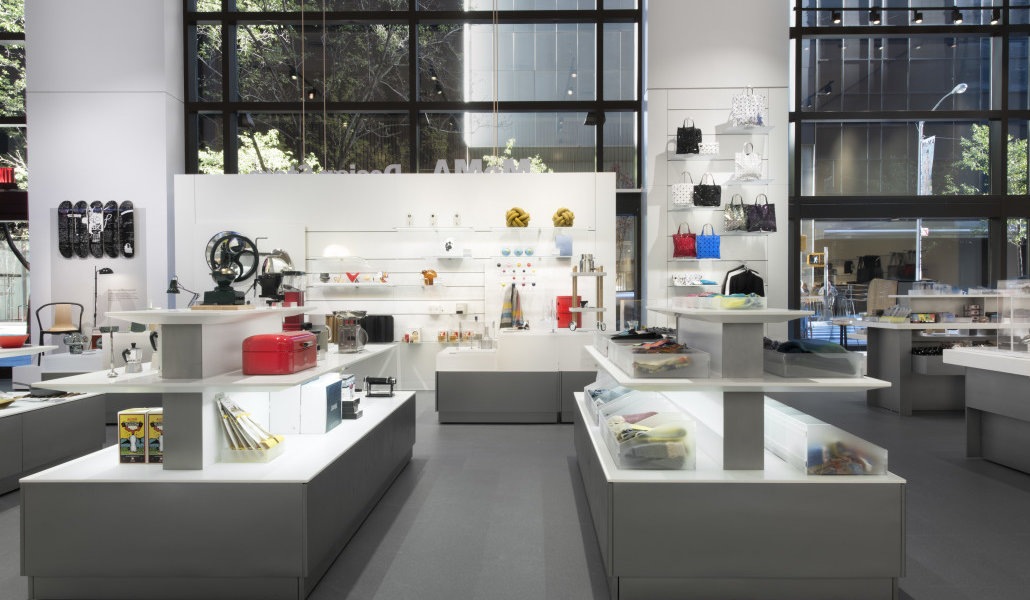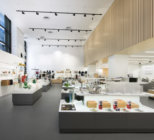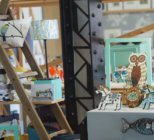When Lumsden first took a commission for Tate Modern in 1998 to design all 3 shops including the main bookshop it was the company’s first departure from designing high street shops – where it had been focused for much of the ‘90s – and led to the retail design company focusing entirely on museums and visitor destinations from then on. More recently it has worked on the redevelopment of the Whitworth Art Gallery at the University of Manchester, which reopened in 2015 and saw turnover at its shop increase by 327 per cent with innovative ideas such as ‘everything for sale’ including the tables the newly commissioned products were displayed on.
Three years ago Lumsden took on a commission from an organisation that its director Callum Lumsden says is at the forefront of museum retail: MOMA. It was not only a big undertaking but also the chance to work with a museum that takes its retail incredibly seriously with an annual turnover of $44m (£32.6m).
What’s interesting about the MOMA projects that Lumsden has been working on recently, which includes the Design Store opened in 2016, satellite stores in Japan including a Kyoto store opened in July and a new main store currently underway as part of a major redesign of the museum, is that this is where the company found inspiration for the Tate Modern Bookstore completed in 2000.
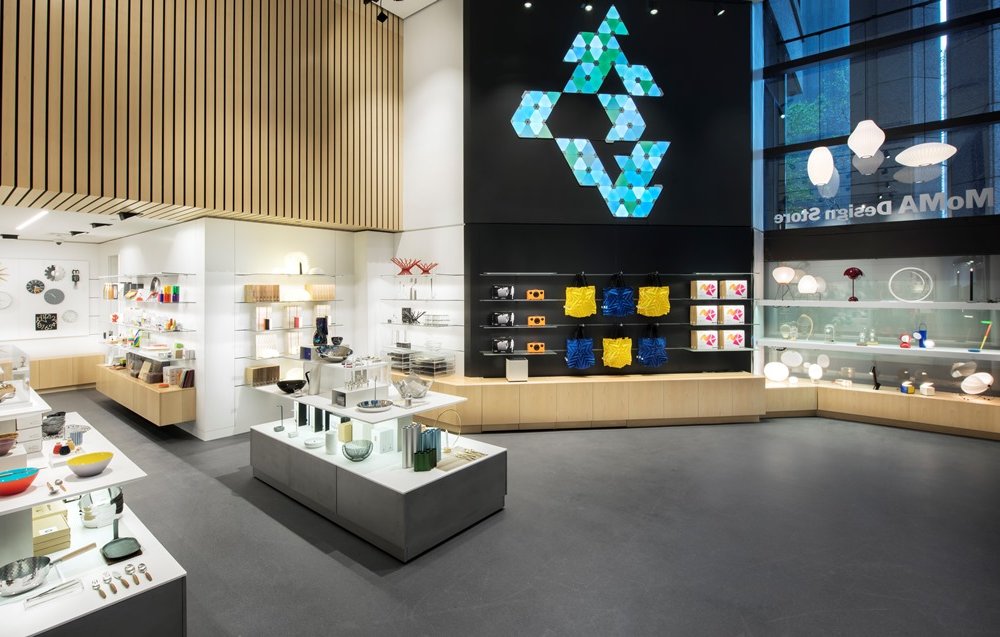
“MOMA has always worked hand-in-hand with the curators and this is where I think retail design starts: yes, you can have a fantastic looking shop but if you don’t have the correct product mix that relates to the visitors’ experience, the visitors’ expectations and the brand of that particular museum, it’s never going to work,” says Lumsden.
He says that retail design principles apply not just to MOMA but all of the other museums that the company has been involved in. The best ones he says are those who develop a joined up approach to what they are offering to their visitors; from the café, to the restaurant, to the visitor flow.
“So if you take MOMA or the British Museum, which we have also worked on, or the V&A Dundee, which we’re in the process of working on, we always bring together the visitor experience teams, curators, food and beverage and retail teams. This is so we can work out how everything plays off because the whole visitor experience, aside from the exhibitions, is really, really important.”
Over the past 20 years, MOMA has built up an impressive retail business within the museum, which brings in much-needed revenue for curators to work with. Also, every purchase made supports the museum’s educational programme. In 1932 MOMA set up what it says is the world’s first curatorial department dedicated to architecture and design. When commissioning new products MOMA critiques them against a set of design filters and then they are evaluated by the curatorial department.
By having these exclusive, quality products in its museum store it has allowed the museum, through licensing its products, to be confident enough to expand and create new stores, which now include two designs stores on 53rd Street and Soho in New York City and throughout Japan, including Tokyo and Kyoto as well as a Japan Online Store.

Lumsden says that this is the result of a ‘hard core commercial side’ as well as an appreciation that visitors want to buy something exclusive that relates to the museum and that offers information about the designer or artist that has created it.
“MOMA does this in bucket loads and has developed its retail so successfully that the museum shop has actually become a destination in its own right. New Yorkers will go to MOMA to buy products that they can put in their apartment that are exclusive and the same is now happening in Japan,” he says. “So MOMA has built a massive reputation not just from the commercial side but with the artists and designers that they work with to develop these products so they are continually ahead of the field the whole time. They are selling everything from lighting to tableware, designer handbags to keyrings all based around their brand. And the designs that we were commissioned to do for the new stores have to understand this diversity and come up with a design solution that would work for them at all the different locations they have.”
Aesthetic and Technical
The redevlopment of MOMA began in February 2016 and is expected to be completed by late 2018. Lumsden has been commissioned to work alongside the architects Diller Scofidio + Renfro and the museum’s retail team. The principles of this project have been both aesthetic and technical, says Lumsden. The technical part deals with an understanding of what the museum’s products are and where they will be placed. It also involves an understanding of which products are the important ones from a commercial point of view, what do visitors expect to find and what will surprise them. The design team also has to have an understanding of the architects’ vision for the space and will work alongside to ensure the shop works functionally for the retail team and visitors.
“When you are talking about a museum store that averages 3.5m visitors per year you can’t design it like a 5th Avenue designer boutique. We work on the basis of understanding what the shell is and what the materials palette is and the ethos of what it’s like to be a visitor from buying your ticket to getting inside the museum through to how you come back out of the museum and where the store is.”

Lumsden is involved in all aspects of the design from the visitor flow to the carrier bags the visitors walk away with their product in. They design the storage, displays, lighting, wall bays as well as the gondolas. “We take the shell and we work up everything from the visitors’ flow, the queuing, the seating, how the products will be displayed and arranged and how you tell the stories about the products, which takes us to the graphics.”
Lumsden also carries out visitor research, where it learns about what kind of audience they will be targeting. For MOMA there are visitors who are really interested in modern art and some real thinking heads, says Lumsden. “We have to take account of the whole visitor experience from the moment they walk through the door and go around the galleries and try and attract them into the shop. It has to be in a good location you also need to give people the chance to sit down, have a cup of coffee and then go on to look at the shop or take a drink with them.”
Lumsden says that when it comes to museum redevelopments he would like to see project managers think more about their retail offer at an earlier stage and realise that people love going to museum shops because they can find products they won’t find in the high street. If it is done properly, he says, the retail offer will be absolutely unique to that museum brand and the cultural organisation can create products based around their core brand ethos. “This makes walking into a museum shop and finding products that surprise and delight an enjoyable experience. MOMA is enormously successful commercially but it still maintains its core values.”
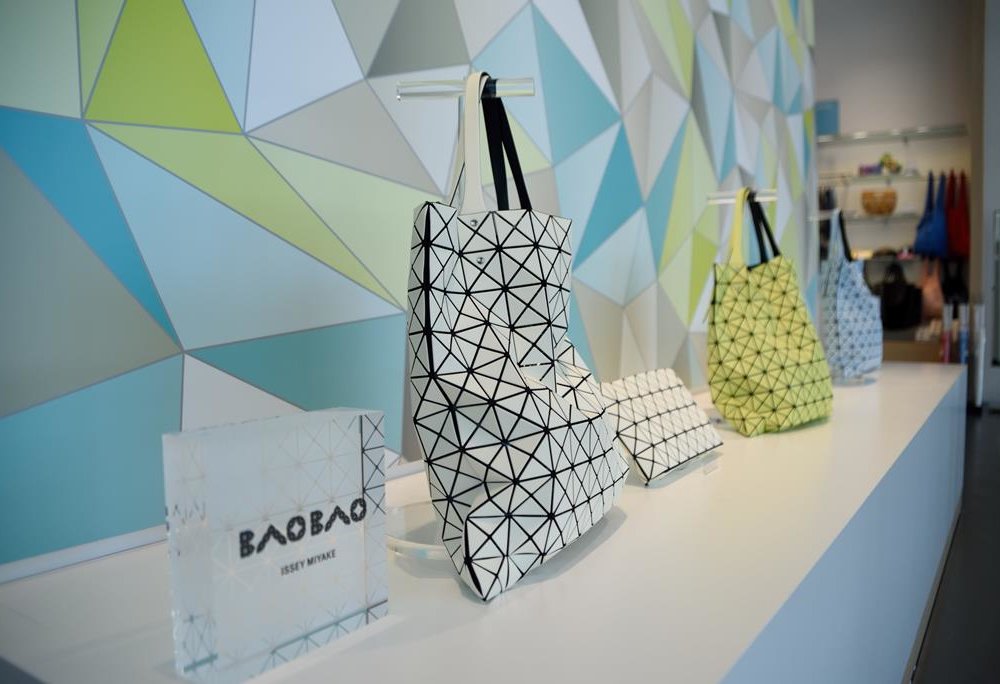
He says that museum trustees and directors also ideally need to realise that the visitors that are coming into their museums are very savvy about retail both in the high street and online. They are using their smart phones to see what’s on offer in other places and expect to be able to do the same in museums, so a multichannel approach that takes in digital is always going to improve sales and awareness of products in the museum shop.
“Visitors want a professional layout and a professional range of products that will excite them and make them want to buy something. Museums have the opportunity to do something different, it’s a different offer and audience from the high street. From a bus load of schoolchildren to the millennial who wants something cool that no one else has got and the seniors who want to purchase something of quality.”
For the museum itself Lumsden says that having unique products reinforces its authority about the works that it is displaying and brings in extremely valuable income. To the visitor it is an opportunity to enjoy, learn and build up a meaningful relationship with the museum brand.
At the £80m V&A Dundee, which is set to open in summer 2018, Lumsden has been commissioned to design the whole retail offer including the shop, café and restaurant to be housed in a spectacular building that is being constructed on the waterfront of the River Tay. “We are looking at all the commercial offers there – it really has to be a great combination for the visitors to the V&A Dundee. This is quite different for us – we have done cafés and restaurants before – but to do them all as one project is terrific.”
Lumsden said there is a clue in the V&A Dundee project as to how retail might move forward with museums in the future. He says that it will be a springboard for a lot of museums when they see the retail offer there in a years’ time and here at Advisor we will keeping a close eye on developments.

